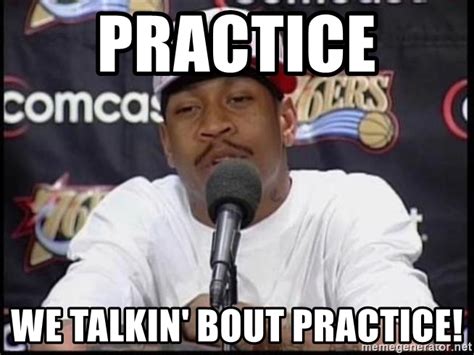Exemplar Study: Do Graphic Warnings Make Cigarettes Less Cool? (Mixed Design)
This study examined the effectiveness of graphic warnings (i.e., pictures) for reducing the appeal of tobacco products. In the study, researchers exposed smokers and nonsmokers to combinations of large versus small warning labels and the inclusion versus omission of graphic pictures on three types of tobacco products. For the within-subjects component, each participant saw advertisements […]
Exemplar Study: Do Graphic Warnings Make Cigarettes Less Cool? (Mixed Design) Read More »

